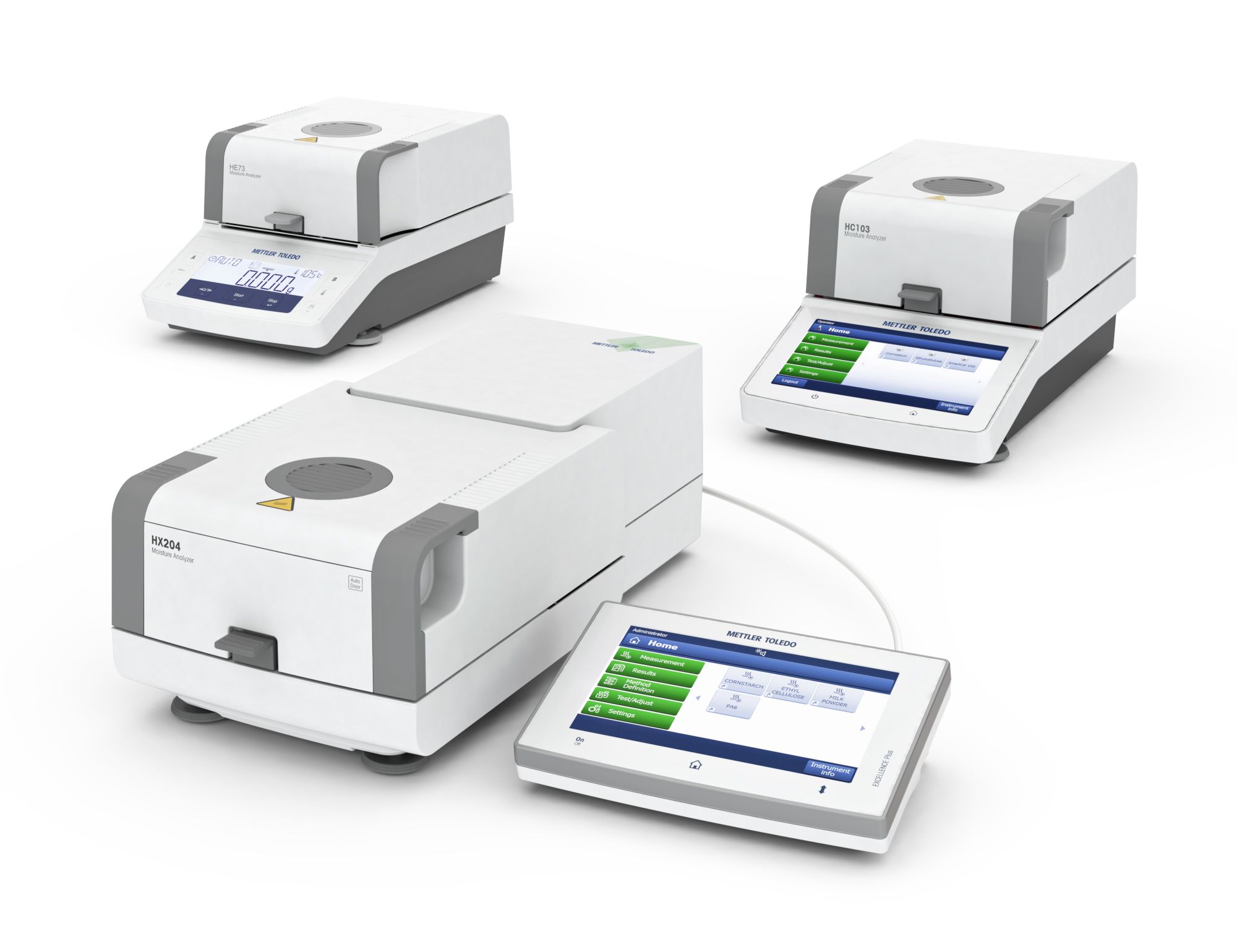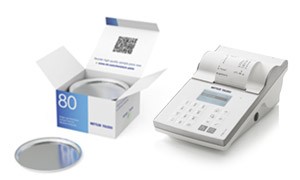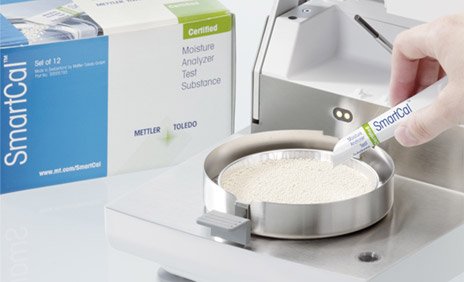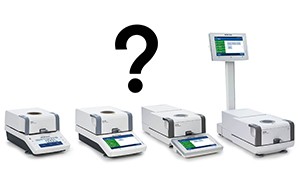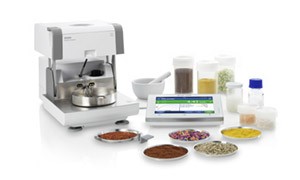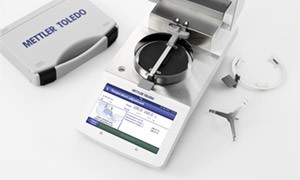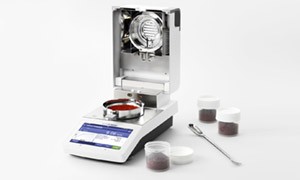
Thermobalances
Halogen Heating Technology and an Intuitive Touchscreen for Rapid Moisture Determination
A thermobalance is an analytical instrument that uses a halogen heater to dry a sample in order to determine its moisture content. Our digital thermobalances offer highly accurate moisture determination thanks to their high-precision weighing and remarkable temperature control capabilities. Their robust, long-lasting design and intuitive user guidance make them an ideal solution to simplify and boost quality control and production processes in the food, pharma, and chemical industries among others.
Advantages of METTLER TOLEDO's Thermobalances

Fast Return on Investment
Fast and reliable moisture results help you increase productivity, optimize processes and save money.
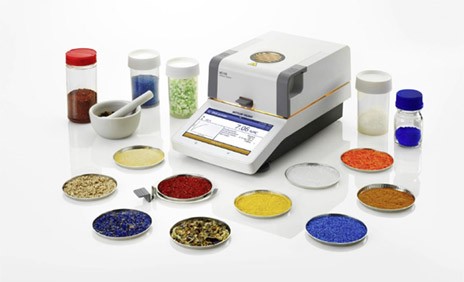
Accurate Results for All Sample Types
Get highly reliable and repeatable moisture results thanks to fast halogen heating and superior weighing performance.
High Performance Thermobalances
The HX204 and HS153 thermobalances deliver highly accurate and repeatable results for any sample type and can fulfill all compliance requirements.
Robust, All-Purpose Thermobalance
Touchscreen operation and user guidance make it simple to determine the moisture content in a wide range of samples. The compact design and robust construction make the HC103 ideal for use in both the lab and at production.
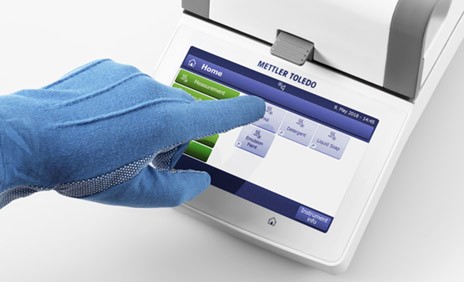
Intuitive and User-Friendly Operation
Users can start their drying methods directly from a shortcut on the home screen. Onscreen user guidance simplifies operation and minimizes errors even for untrained operators.
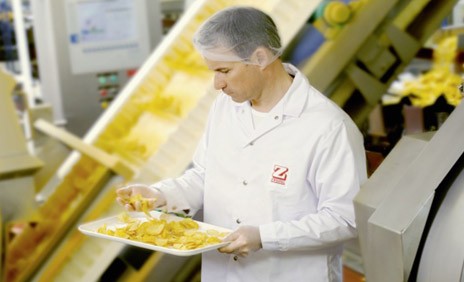
Suitable for Lab and Production
Tough housing and robust components ensure a long instrument lifetime even in harsh conditions.
FAQs
What is a thermobalance used for?
A thermobalance is a measuring device that is used to determine the moisture content of small samples of materials using the loss on drying method. The device first weighs the sample and then uses a halogen lamp to continuously heat it. The loss in weight is then recorded and the drying process ends once a defined criterion is reached. The moisture content is automatically calculated from the difference in weight.
Many industries, such as pharmaceutical and food and beverage, rely on thermobalances during quality control and production processes to determine the moisture content of a variety of products. This is because moisture affects the processibility, shelf life, usability, and quality of many products such as pharmaceutical substances, plastics and foods. Therefore, monitoring moisture content is crucial to ensure the best possible product quality. Furthermore, moisture content can impact on the price of goods, and there are even statutory rules for some products that govern the maximum permissible moisture content.
What are the main components of a thermobalance?
The main components of a thermobalance consist of a sample holder, balance unit, furnace (heating unit), unit for temperature measurement and control, and a recorder that automatically records the mass and temperature change of a sample.
How does a thermobalance work?
A thermobalance uses the thermogravimetric principle which is often also referred to as the loss on drying (LOD) method. To determine the moisture content of a sample, the device records its starting weight. The sample is then heated and dried using a halogen lamp or other infrared heater while the integrated balance continuously measures its weight. As soon as the sample stops losing weight, the instrument shuts off and calculates the moisture content. The total weight loss is used to calculate the moisture content.
What are the main applications of a thermobalance?
A thermobalance is an essential tool in many industries that require rapid moisture determination of products such as pharmaceuticals, food, chemicals, and so on.
A thermobalance's main applications are in determining moisture in laboratories and production processes during quality control checks. Pharmaceutical, food, chemical, sugar, dairy, building materials, grain, and other sectors use them extensively.
A thermobalance, for example, can be used in the pharmaceutical industry to analyze the moisture content of pharmaceuticals during quality control and manufacturing. It can also be used in the production of medical samples. Whereas, in the food industry, it can test the moisture of meats, fruits and vegetables, flour, protein powder, and other items to assure their processability, shelf life, and overall quality.
